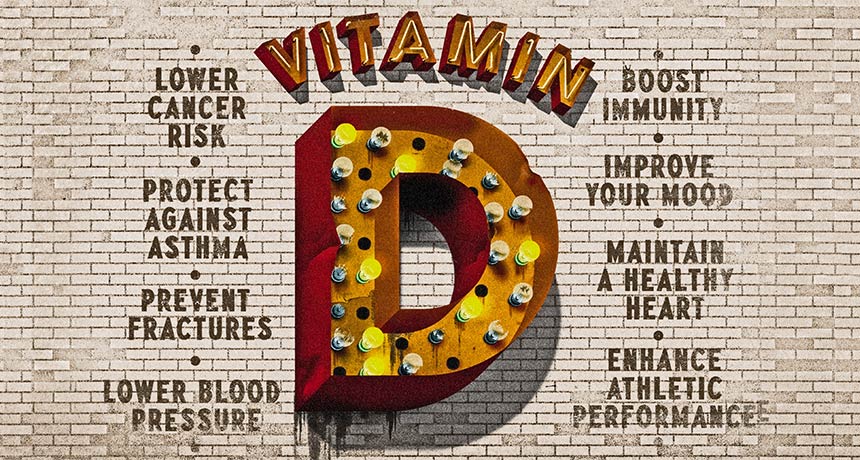#vitaminD3 #sun #UVB #body #skin #VirusCasedemic
“Vitamin D3 is hormone produced by the body when skin is exposed to UVB rays from the Sun” — Paul Ebeling
Vitamin D is classified as a fat-soluble vitamin, which means that the vitamin D you make and consume from foods and dietary supplements is stored in fat tissue for later use.
Without enough vitamin D circulating in your bloodstream, it’s impossible to absorb all the calcium you need. Vitamin D also influences cell growth and immune function, which keeps inflammation in check and keeps your nervous system working properly.
Strong Sunlight triggers vitamin D production in your skin. Your liver and kidneys complete the conversion to vitamin D’s most active form, 1,25-dihydroxy vitamin D, also called vitamin D3.
In theory, you can make all the vitamin D you need for the yr with a few mins of direct exposure to the Sun a few times a wk during the Summer months.
In reality, many people do not produce the required vitamin D, either because their skin is unable to absorb it, or they do not spend enough time outside. Many also fail to get what they need from food and dietary supplements.
According to the USDA’s 2015 dietary guidelines for Americans, most children and adults consistently come up short for vitamin D.
Adequate vitamin D is central to a strong skeleton. With time, even slight shortfalls in vitamin D may impact bone strength, as insufficient vitamin D forces your body to withdraw calcium from bones in order to maintain balance in the body.
Vitamin D3 offers many health benefits. It is known to help strengthen bones and muscles, boost immunity, increase mood, have anti-inflammatory effects, and improve heart function.
Research has shown that vitamin D may help protect against acute respiratory infections and pneumonia.
During the VirusCasedemic, some preliminary evidence surfaced suggesting vitamin D deficiency may increase the risk of both infection and severe illness. This vitamin plays a role in the fight against the coronavirus behind the VirusCasedemic.
Unless you are in an area that has a forecast of Sunny skies more often than not, it is difficult to get the suggested dose of vitamin D3 naturally through food and the Sun. The RDA for vitamin D is 600 international units (IU) for people up to age 70 and 800 IU for those over 70 anni.
The safe upper limit of daily intake for most age groups is 4,000 IU. A blood test will let you know if you need additional vitamin D3.
If you have been diagnosed with a deficiency or if you are at risk, you may want to track the amount of vitamin D3 you get from both food and supplement sources to ensure you are getting enough.
Vitamin D3 is generally safe at recommended levels. If you take too much vitamin D3 it can have toxic effects. It can cause excessive absorption of calcium, which can lead to a condition called hypercalcemia, which may weaken bones, interfere with function of your brain and heart.
If you are not sure if you have sufficient levels of serum vitamin D, talk to your healthcare provider about getting a blood test and possibly taking a supplement.
As with most other vitamins and nutrients, it may be best to get your daily requirements from food sources. If you need additional supplements, contact a healthcare professional.
Eat healthy, Be healthy, Live lively









